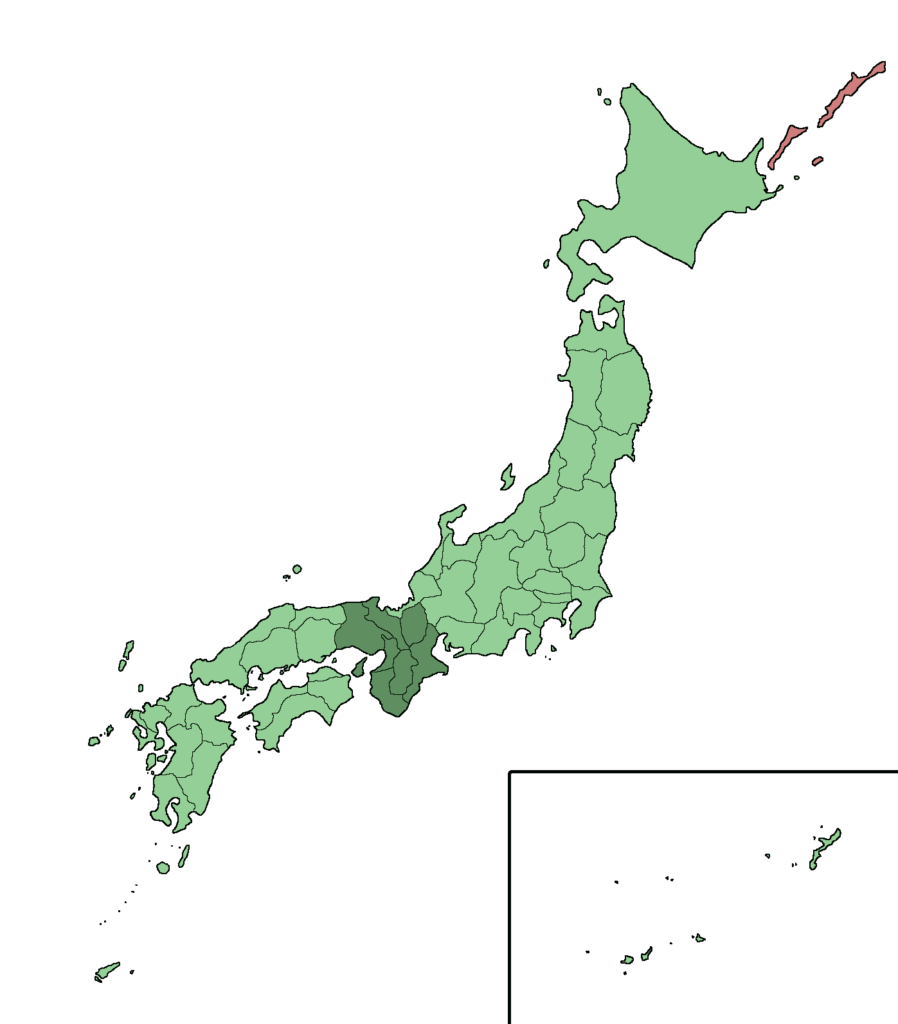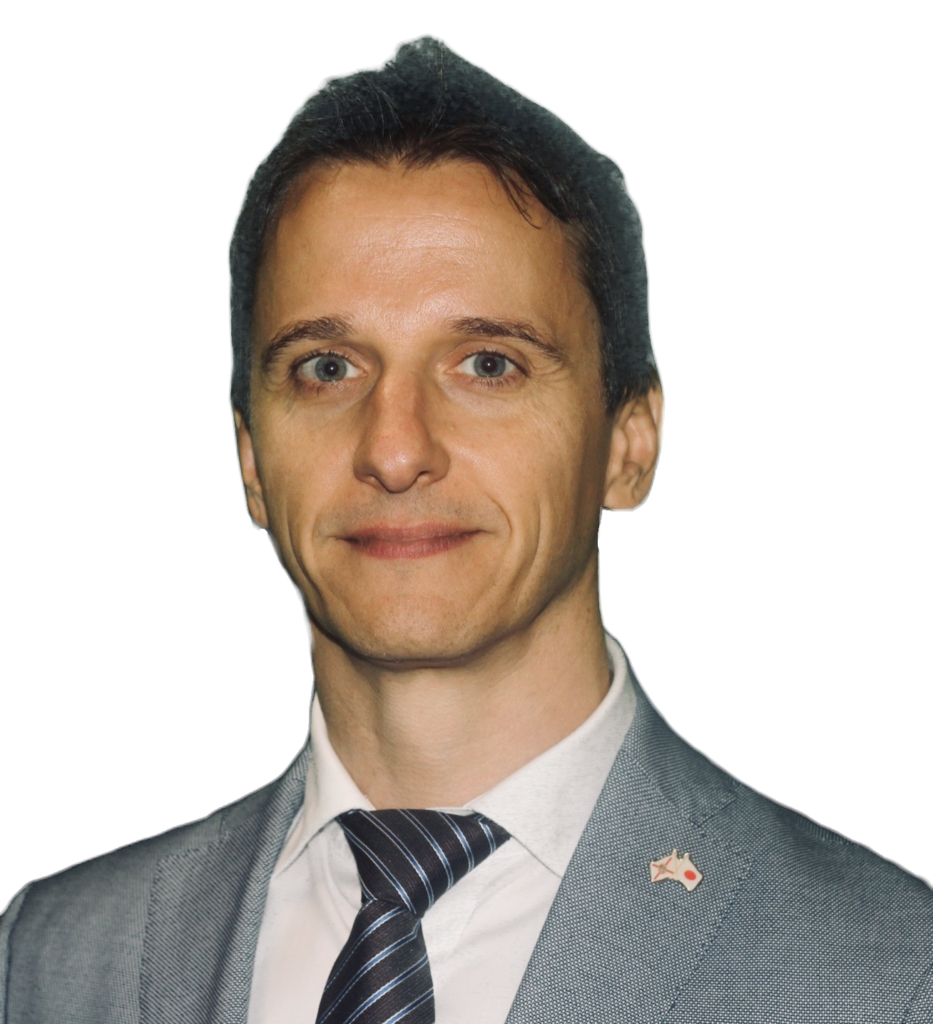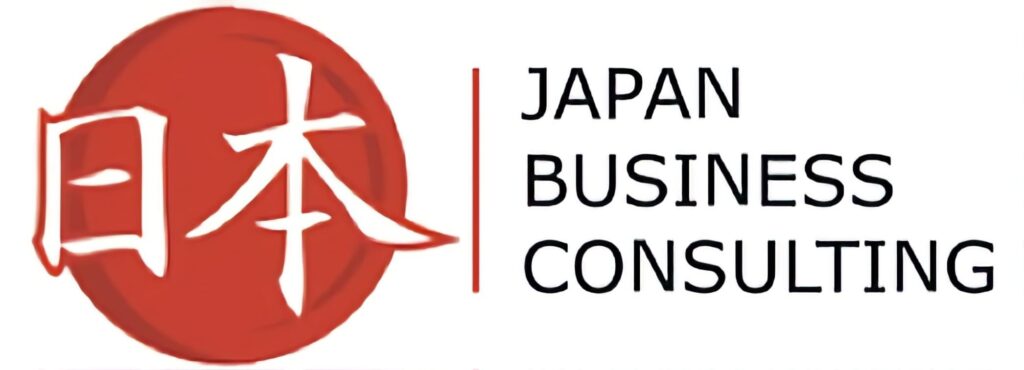Japan is more than just Tokyo
Written by Erich Ahorner Jan. 14th 2020

During my total of 6 years in Japan I have not only lived and worked in Tokyo but also close to Nagoya (Toyota-shi) in the prefecture of Aichi and Osaka in the region of Kansai.
The Kansai and Aichi areas of Japan alone account for 16.2% and 10% of Japan’s total GDP respectively. Both of these show high growth potential and are worth consideration for companies seeking business in Japan.
West Japan comprises 29 out of 47 of Japan’s prefectures and accounts for 45% of Japan’s total GDP (488tn yen=$4.46tn). If it was a country in its own right it would have a GDP larger than Russia’s (the world’s 8th largest) following UK and Brazil in 6th and 7th place respectively. As a whole, Japan is the world’s third largest economy; therefore this comparison demonstrates the great potential of opportunities businesses in Western Japan. While six of Japan’s ten most populous metropolitan areas are in West Japan, its major economic centers include Kansai and Kyushu. Differing in many respects from East Japan, we can pinpoint Kansai and Kyushu as major economic centers with certain areas of specialization that may present new business opportunities.
Kansai
The Kansai economy of 7 prefectures is about the same size as the Turkish economy and accounts for 16.2% of Japan’s total GDP. The most populated area in the region is Osaka, which produces about half of the total regional output. The region’s manufacturing sector accounts for 16.6% of overall national output (consistent with regional output) but with strength in electrical/electronic machinery. Kansai’s regional economy is expected to outperform the national average in FY2019 and FY2020, led by stronger net exports (-0.4% vs. -0.9% and 2.0% vs. 1.9% respectively). Exports from the region account for 21.3% of national exports with higher exposure to Asia (67% of all regional exports vs. 54% of national exports). It produces a higher proportion of manufactured products and services than the national average.
The Kansai area is a crucial part of Japan’s renewed focus on three promising sectors; ‘medical’, ‘tourism’ and ‘womenomics’ as areas with high growth potential.
Medical: Kansai is a center of medical related production with the largest share (29%) of national medical drug production and the second largest share (18%) of medical device production. Its population is expected to age faster than the national average, creating higher demand for pharmaceutical and medical related goods and services. In addition, national exports of both medical drugs and devices are expected to grow to almost four times their current value, exceeding 1 trillion yen in 2025.Tourism: Kansai International Airport (KIX) is one of the 3 busiest airports for foreign visitors besides Narita and Haneda. The Japanese Government visitor target of 20 million by 2020 has already been achieved, and their consumption in Kansai doubled to 540bn yen ($4.93bn), about 1.2% of total Kansai consumption.“Womenomics”: A smaller proportion of women in Kansai work compared to the national average (about 40% vs. 45%). Raising the female labour participation rate to the national average could boost Kansai GDP by 1.8%. Achieving this would stimulate a large demand for child care facilities and related services.
Kyushu
The Kyushu economy of 7 prefectures accounts for about 10% of national GDP. This is about the same size as Austria (the world’s 28th largest economy) and just smaller than that of Taiwan. The regional economy is comparatively strong in the sectors of agriculture (19.5% share of national output), IC/Semiconductor production (28.1%) and automobile production (13.3%). The regional economy is expected to grow slightly below the national average in FY2019 (1.3% vs. 1.9%) partly due to its higher reliance on agriculture sector despite a higher share of exports (59.3% vs. 54%).
Similarly to Kansai, Kyushu also contributes to the areas of ‘tourism’ and ‘medical/health’, however it is also a prominent contributor in promoting clean energy and environment as well as in agriculture, and is positioned as the "Silicon Valley" of Japan.
The national Government target was for the clean sector’s market size to grow from 4tn yen to 10tn yen ($91.4bn) by 2020 (according to 2013 Government Growth Strategy). Kyushu University houses top class hydrogen energy research facilities. Such national Government initiatives and leading research facilities should provide a foundation for the sector to expand.The Government envisions the medical/health sector expanding to 26tn yen ($237bn) in 2020 from 16tn yen through its growth strategy. The region is also expected to suffer more than the national average from aging and declining working population, producing higher demand for medical and nursing services. Increasing health awareness could open up further markets for ‘healthy food’, value-added food developed in its strong agricultural base.The Government aims to transform the Japanese agriculture sector into a competitive one and to double agricultural exports by 2020 to 1tn yen ($4.5bn). This policy boost should help the region’s agriculture increase its production especially given its location advantage (close to consumers in growing Asian markets).Kyushu Economic Federation aims to more than triple foreign tourists visiting the region to 4.4m from current 1.3m. The region has plenty of natural resources such as onsens (hot springs) which could be leveraged as tourist attractions. Fukuoka hosts more international conferences in Japan than any city other apart from Tokyo.Fukuoka the biggest city of Kyushu is being positioned as Japan's answer to Silicon Valley - a breeding ground of new start-ups. e.g. Fukuoka's local government has established a city-wide low-power communication network that helps local companies to test their hi-tech products.
As Kansai and Kyushu have common sectors with high potential growth, there are areas of opportunity for businesses to capture increasing demand in both regions. This includes the pharmaceuticals and medical devices sector, but also provides and ecosystem for Start Ups. Additionally, the private sector in both regions sees the 2020 Olympics and Paralympics as big opportunities for their tourism industry.
Connect with us today to understand the potential for your business in tapping into these markets in 2020 and beyond.

Erich Ahorner
Erich Ahorner helps people enter the Japanese market and grow their businesses. He is an expert at helping people with market entry using online and offline methods and trying to break down necessary steps to make things simple to understand. If you're interested in growing your business or entering a new market to and increase sales then definitely reach out and request a free strategy session today.
Menu
